Ok, so first off, if you’ve already tried looking for help for your pet and you’ve had a bad experience – I am so sorry. You are doing the right thing by trying to find better care for your pet. You are being a responsible pet owner by educating yourself and trying to build a better life for them and a better relationship between you and your pet. We absolutely commend those efforts here. We believe strongly in “You don’t know what you don’t know and when you know better, you do better.” Except we’ve tweaked that last part to “As you CAN do better, do better.”
Bare Minimum
Better:
Ideal:
Some of these things may sound daunting, or undoable at the moment. That’s ok. That’s where most people start. We don’t expect you to do all the things all at once. Just make the changes when you can. If you feel completely over your head with even the basics, try asking friends or family for help, or asking online if someone is able to help you out (many people are open to trading pet care).
Questionable Sources:
Better Sources:
0 Comments
Heat cycles are made up of 4 main stages – Proestrus, Estrus, Diestrus and Anestrus. The main phase of the heat cycle typically lasts 20-30 days, but depends on each individual dog. First cycles are often less intense than following cycles. Proestrus starts with swelling of the vulva and red/bloody discharge. How much will depend on your dog’s breed, size and individual body. Larger dogs can bleed more than smaller dogs. This phase usually lasts around 7-10 days. Diestrus is the period of rest after Estrus. There may or may not be additional swelling of the vulva and discharge. This phase often lasts 7-10 days (or longer if she becomes pregnant). Anestrus is the final phase and is the period of time between heat cycles. This can last anywhere from 5-9 months. During this phase your dog should have no swelling (although nipples may become a little larger after the first heat) and no discharge. You can help your dog by continuing all of their normal activities, providing additional walks and enrichment, adding absorbent cloth materials to their bedding and ensuring they are closely supervised with all dogs during their heat cycle. Even neutered males may give unwanted attention and though rare, may cause injuries through attempted mating. You will need to take a break from taking your dog to dog facilities (other than the vet if needed), dog parks and off-leash dog trails. She should NOT be around un-neutered male dogs during this time.
Your dog’s behavior will likely change during her cycle. She may become more aloof, more cuddly, want to play with other dogs, want nothing to do with other dogs, more whiny, restless, snippy or have a variety of other behavior changes. Remember, physical health affects behavior! For more information about the heat cycle, consult with your vet and/or find some good breeders to talk with about their experiences. Personally, I've found it more informative and helpful to listen to/chat with seasoned, ethical dog breeders. It's been fascinating to learn their stories and see how different each of their breeds and individual dogs behave and go through their cycles.
You should also educate yourself on the risks and benefits of keeping an in-tact dog and if that's something you are up for and responsibly able to do. |
Kat & Haylee
Just a couple of animal geeks trying to make the world a better place. Archives
February 2023
Categories
All
|
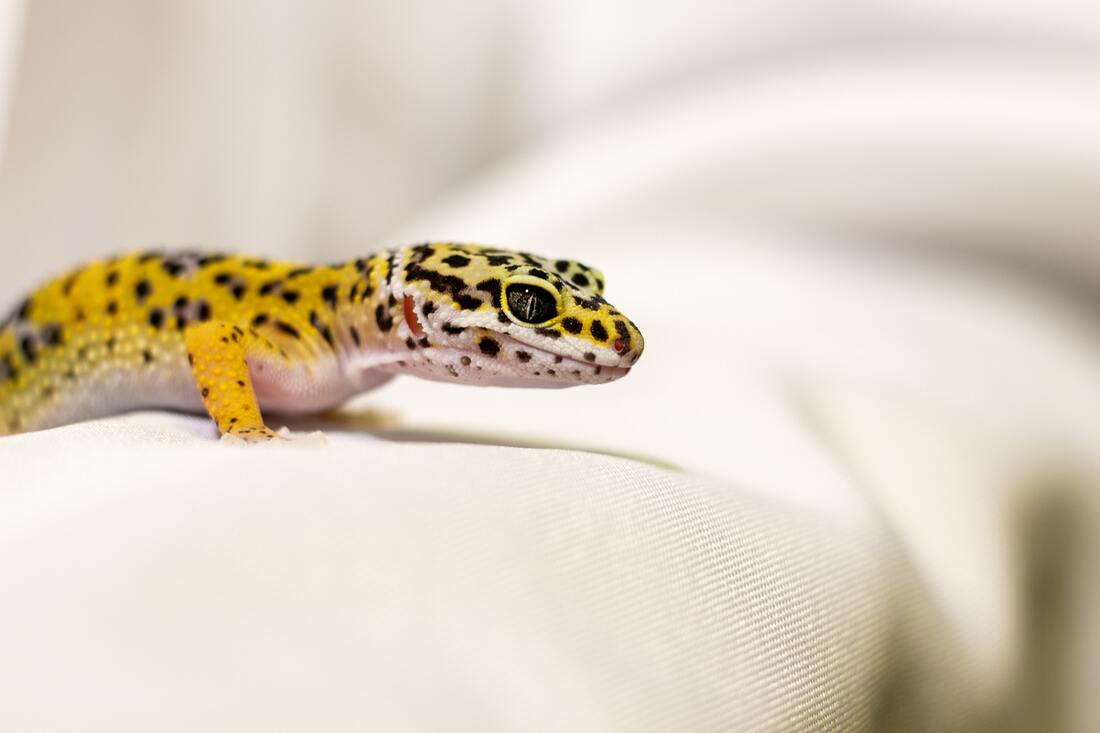

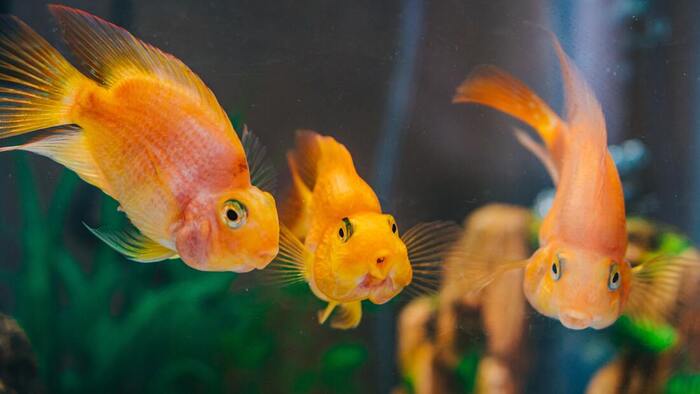
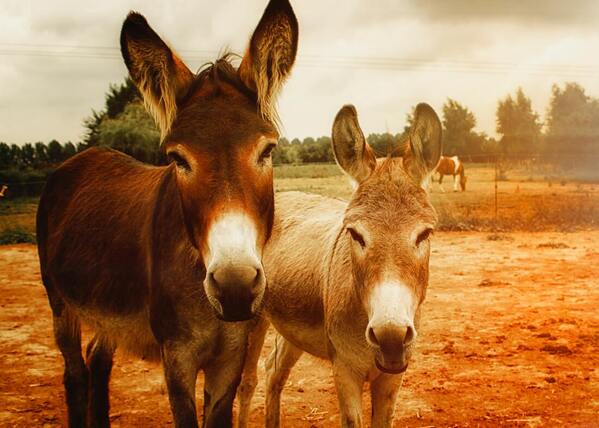
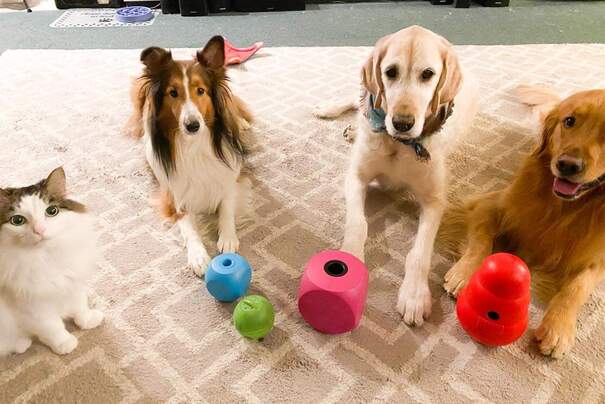
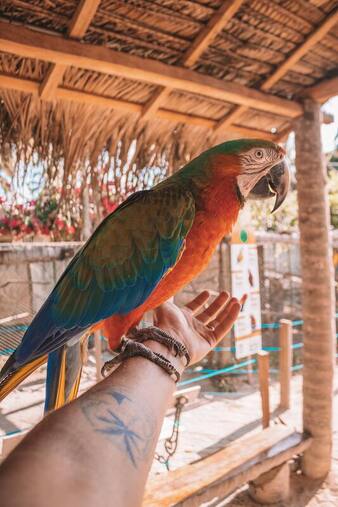
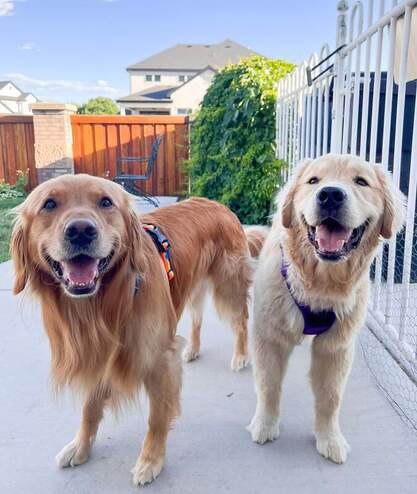
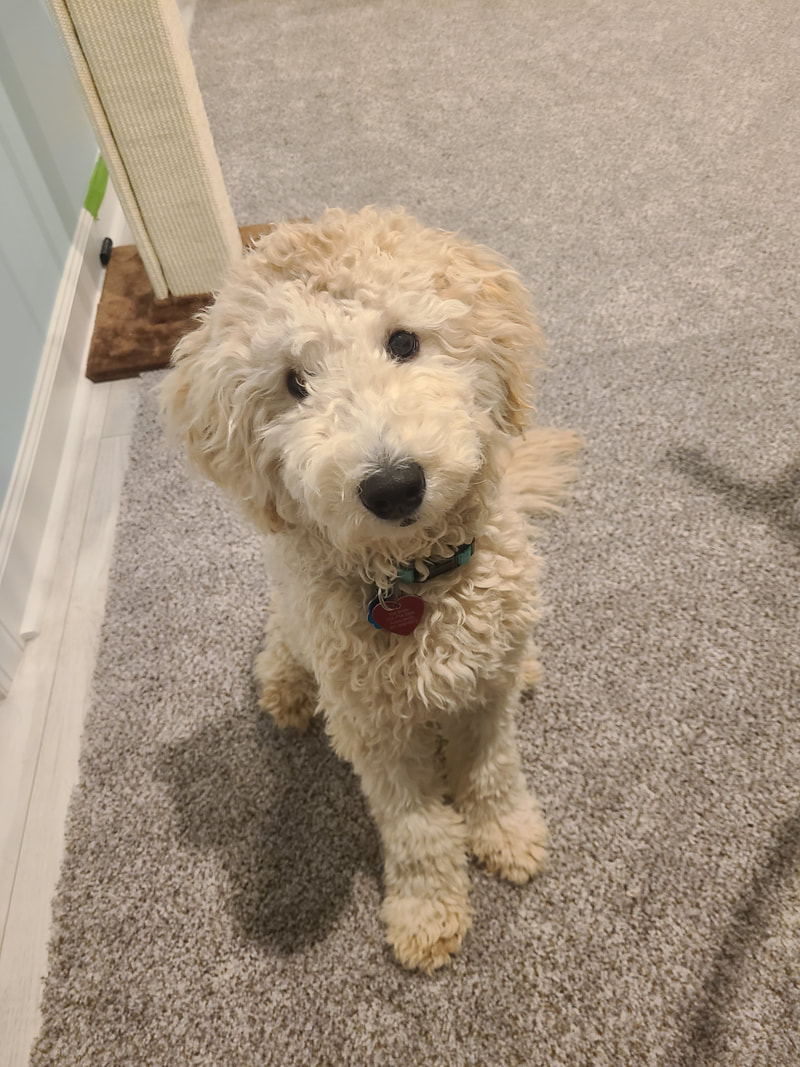
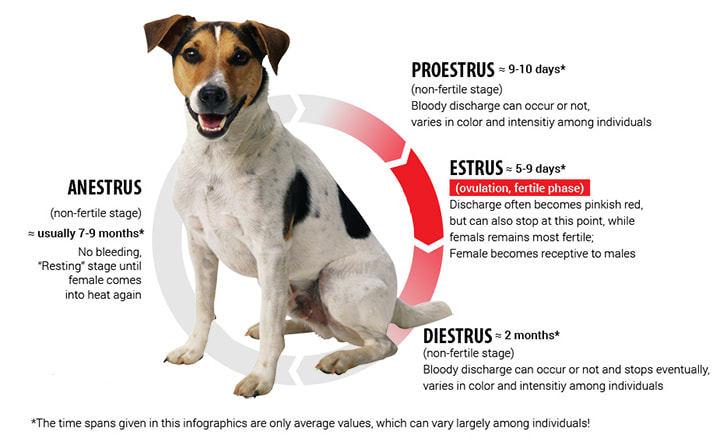
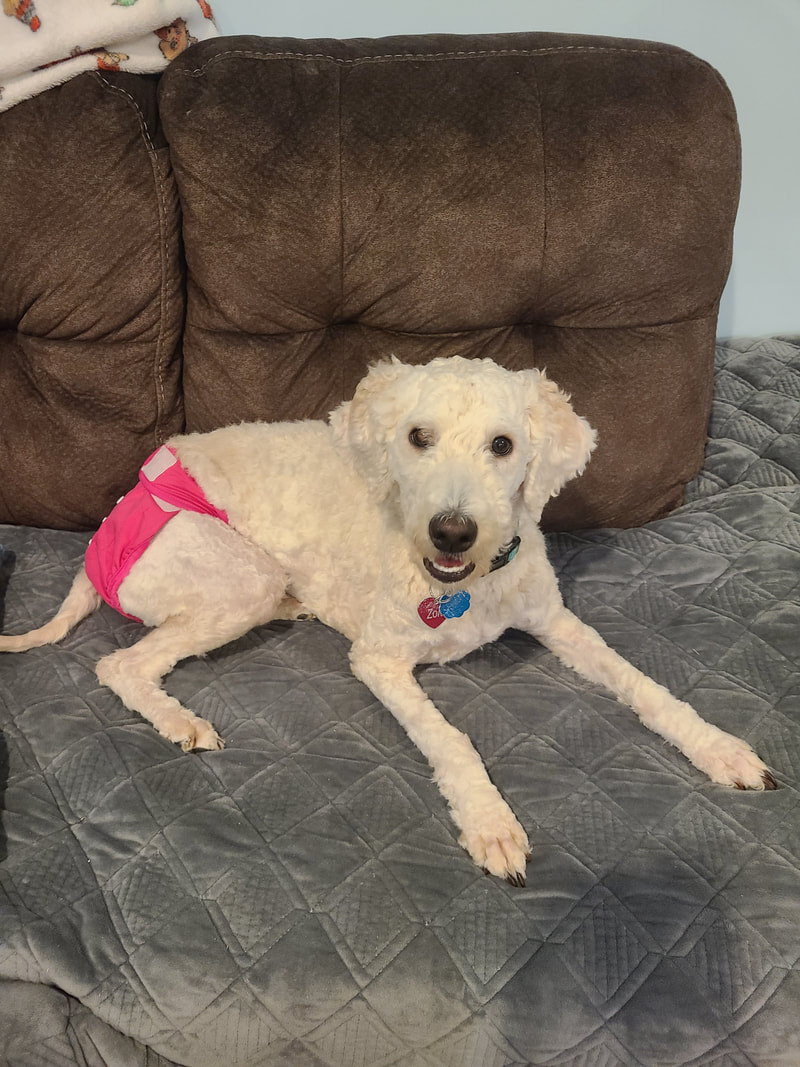
 RSS Feed
RSS Feed